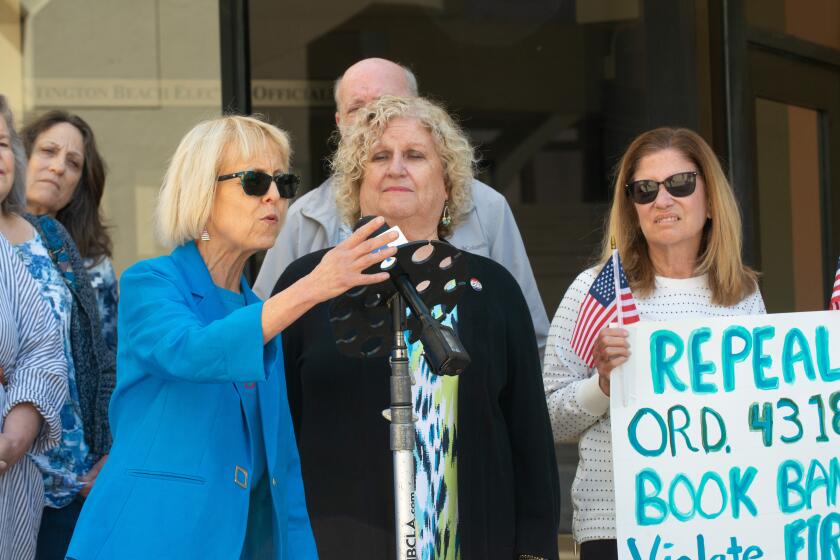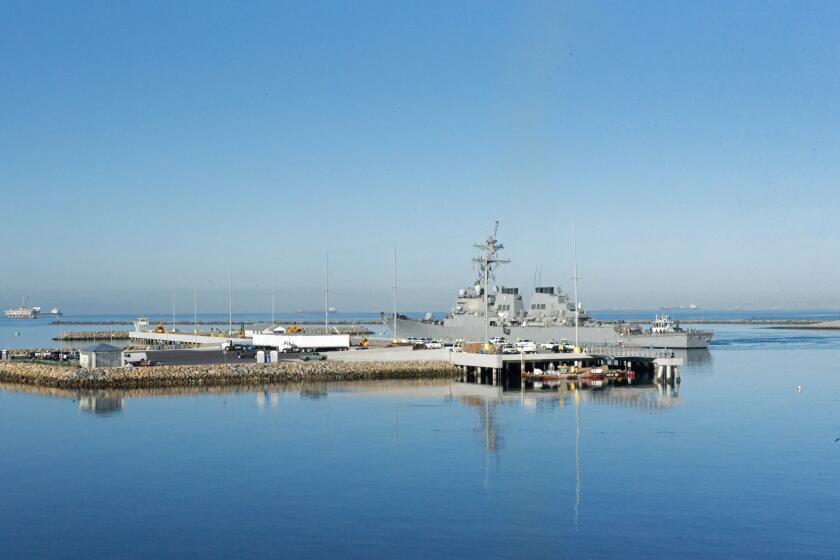Another step toward JWA deal
At its meeting Tuesday night, the Newport Beach City Council took what Mayor Keith Curry called the “historic” step of approving a memorandum of understanding that the city hopes will set the terms of John Wayne’s Airport operations far into the future.
While the proposed agreement still must be approved by the other three parties to the original 1985 legal settlement, which set the airport’s passenger caps and strict curfews, city officials have said they are optimistic that the terms laid out in the memorandum will make it through a county-led environmental review process.
That is expected to take about a year, to be complete before the current agreement expires in 2015.
Tuesday evening’s action was largely a formality, since Curry had already announced many of the proposed terms, including the retaining of the airport’s curfew through 2035.
In a PowerPoint presentation, City Manager Dave Kiff reiterated some of the basics of the proposed deal and explained trends affecting JWA’s operations.
In general, the number of passengers passing through the airport’s gates grew by about 2.9% in 2012, to about 8.86 million from 8.61 million in 2011, Kiff said.
That number, airport officials have said, is comfortably below the current 10.8 million annual passenger cap.
But that could change if Federal Aviation Administration projections prove true.
Kiff explained that according to the FAA, the airport could see about 11.7 million passengers in 2026, which, under the proposed settlement, would trigger a higher passenger cap, to an upper limit of 12.5 million annually, as opposed to 12.2 million.
The increase is based on whether the airport’s actual traffic hits a “trigger” level of 11.21 million annual passengers in any year from 2021 to 2025.
If traffic hits that level, the passenger cap would increase to 12.5 million annually between 2026 and 2030. If not, the cap would increase to 12.2 million annual passengers.
The FAA projected that JWA could see about 12.8 million annual passengers by 2030, and about 13 million in 2031. That, however, is if growth were unchecked by the cap the city hopes to put in place through 2030 — limiting annual passengers to no more than 12.5 million.
Kiff also emphasized the effects of JWA’s curfew by comparing the number of flights that departed from and arrived at San Diego International Airport on Sunday during the hours when JWA’s curfew was in effect.
Between 6 and 8 a.m., he said, San Diego saw (or, perhaps more appropriately, heard) 109 departures — 66 between 6 and 7 a.m., and 43 between 7 and 8 a.m.
Twenty flights arrived between 10 and 11 p.m.
All of this, of course, stood in stark contrast with JWA’s number all the way down the column: zero.
The presentation also said that San Diego saw 16.9 million passengers in 2011, whereas JWA saw about half that.
Twitter: @jillcowan
All the latest on Orange County from Orange County.
Get our free TimesOC newsletter.
You may occasionally receive promotional content from the Daily Pilot.



